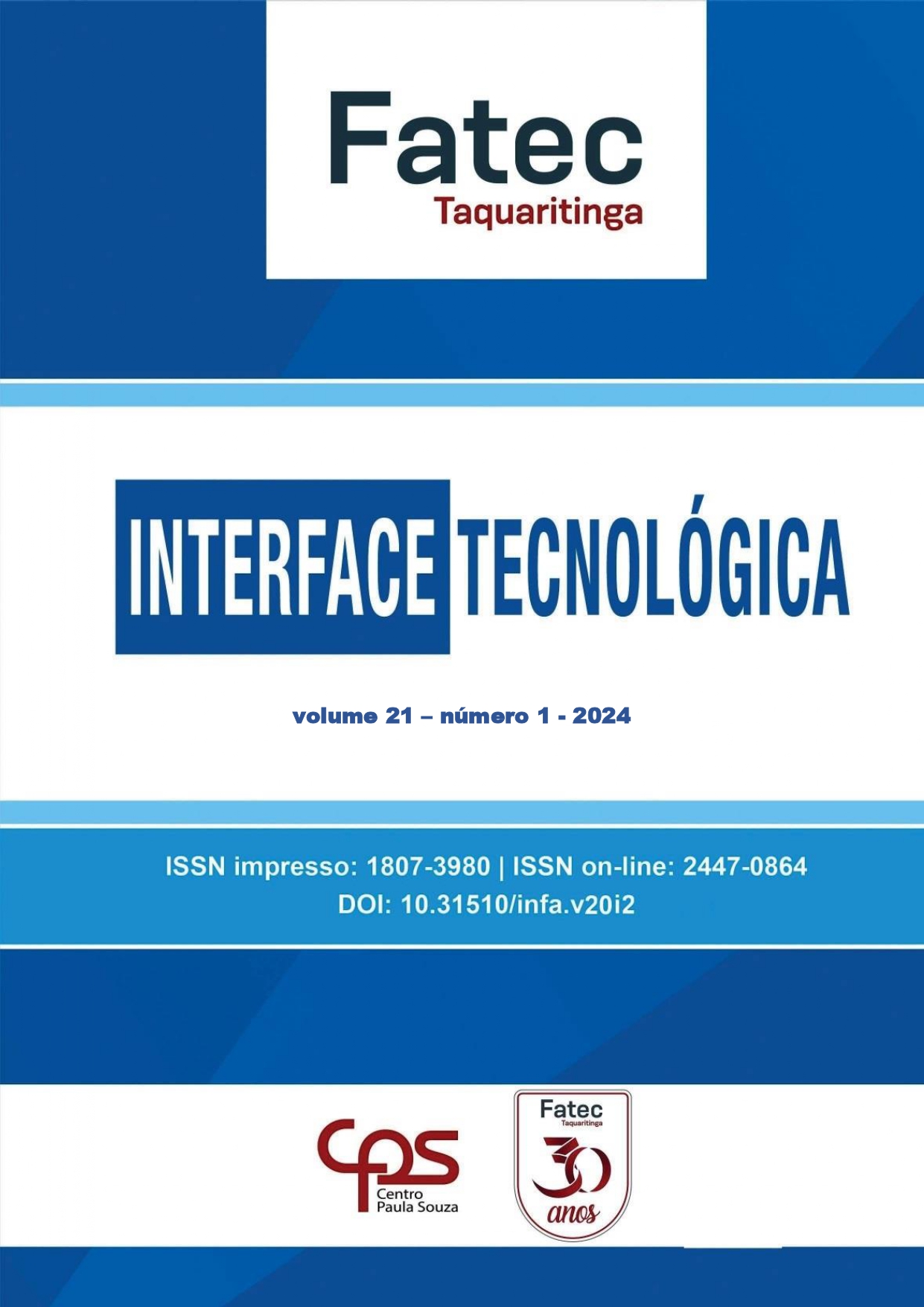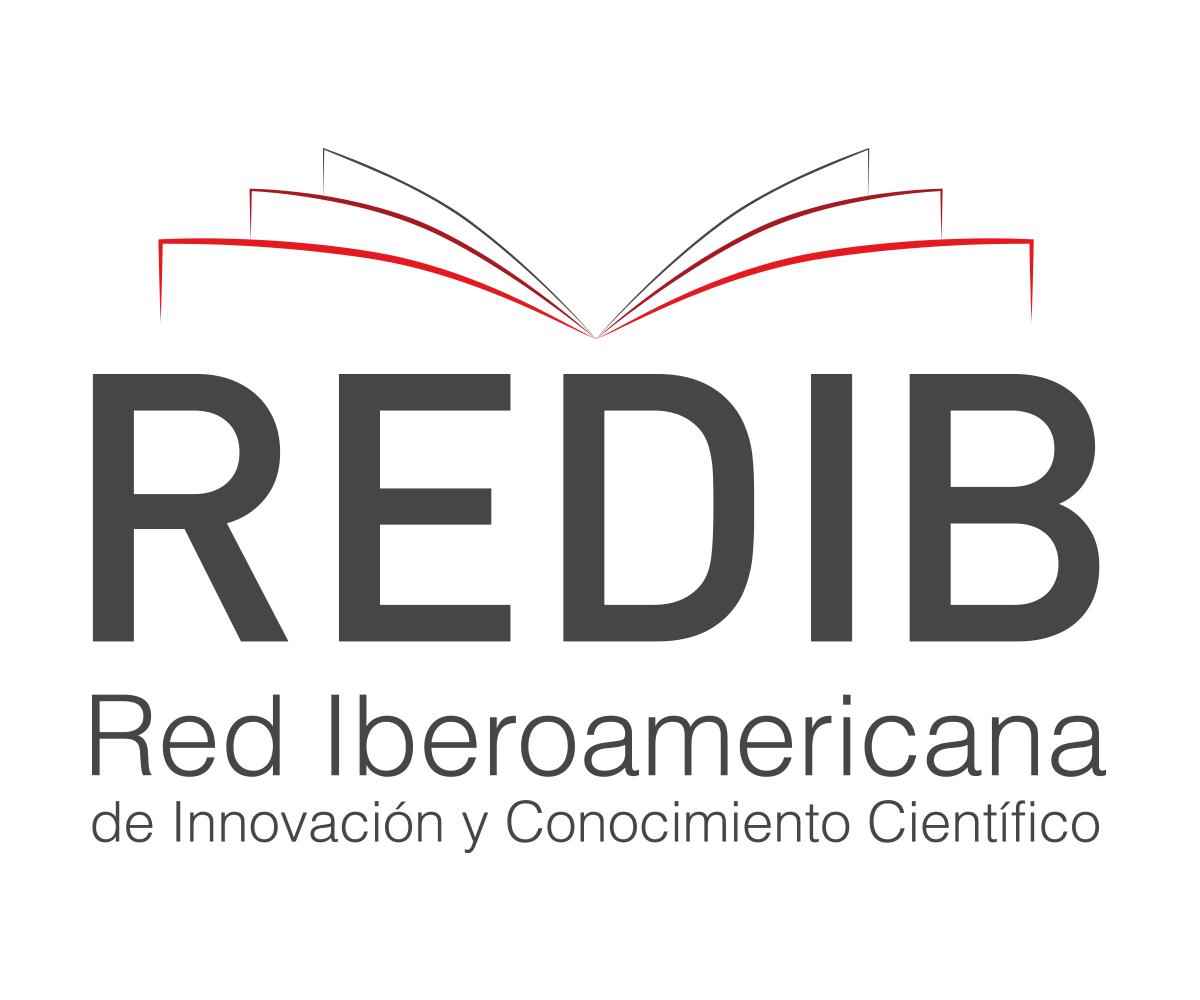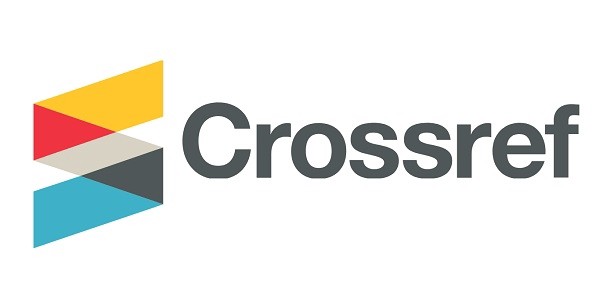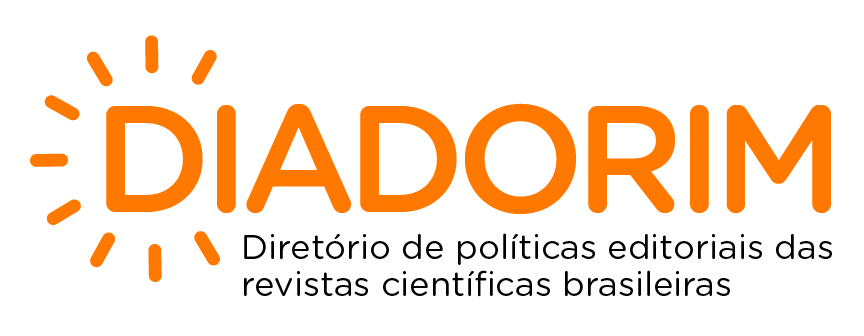DEVELOPMENT OF AN APQP IMPLEMENTATION MODEL: AN APPLIED PROPOSAL FOR MACHINING COMPANIES
DOI:
https://doi.org/10.31510/infa.v21i1.1858Keywords:
Processes improvement, Defect reduction, Customer satisfaction, High precision, Cost ReductionAbstract
This work presents the development and validation of an Advanced Product Quality Planning (APQP) implementation model adapted for machining companies, aiming to improve the quality of processes and final products. The motivation for this research derives from the need for specific quality management approaches that meet the peculiarities of machining companies, such as small batch production and the high precision required. The methodology adopted included an extensive literature review, analysis of machining processes, adaptation of APQP tools and techniques to the reality of these companies, and a validation phase in which the model was applied to selected companies to evaluate its effectiveness. The results demonstrated a significant improvement in the quality of processes and products, reduced defects, improved internal communication, increased customer satisfaction and reduced costs, validating the effectiveness of the adapted model. The research highlighted the importance of adapting quality management practices to the specific needs of machining companies, providing a practical guide for their implementation. The limitations of the research point to the need for future studies with a broader scope. This study contributes significantly to the field of quality management, offering valuable insights for machining companies in the pursuit of operational excellence and customer satisfaction.
Downloads
References
AGUIAR, D.C.; SALOMON, V.A.P. Avaliação da prevenção de falhas em processos utilizando métodos de tomada de decisão. Produção, v. 17, n. 3, p. 502-519, Set./Dez. 2007. DOI: https://doi.org/10.1590/S0103-65132007000300008
BLAZINSKY, T.Z. Materials at highstrains rate. Elsevier Science Magazine, Amsterdam, 1992.
CHOI, B. K., PARK, H. S., & PARK, Y. S. (2013). Quality management strategies for CNC machining. Procedia Engineering, Procedia Engineering, 63, 672-679, 2013.
DINIZ, A.E., MARCONDES, F.C., COPPINI, N.L. Tecnologia da usinagem dos metais. 4ª ed. São Paulo: Artliber, 2003.
LACK, E., BOHMANN, A., SCHARF, M., WERNER, E. Adv. Eng. Materials, 2ª ed., p.750-752, 2000. DOI: https://doi.org/10.1002/1527-2648(200011)2:11<750::AID-ADEM750>3.3.CO;2-L
NASH, W.A. Resistência dos materiais, 2ª ed. São Paulo: McGraw-Hill, 1982.
TRENT, E.M.; WRIGHT, P. K. Metal Cutting. 2ª ed. Woburn, USA: Butterworth-Heinemann, 2000. DOI: https://doi.org/10.1016/B978-075067069-2/50007-3
Downloads
Published
Issue
Section
License
Copyright (c) 2025 Revista Interface Tecnológica

This work is licensed under a Creative Commons Attribution 4.0 International License.
Os direitos autorais dos artigos publicados pertencem à revista Interface Tecnológica e seguem o padrão Creative Commons (CC BY 4.0), que permite o remixe, adaptação e criação de obras derivadas do original, mesmo para fins comerciais. As novas obras devem conter menção ao(s) autor(es) nos créditos.








.jpg)




1.png)
1.png)
